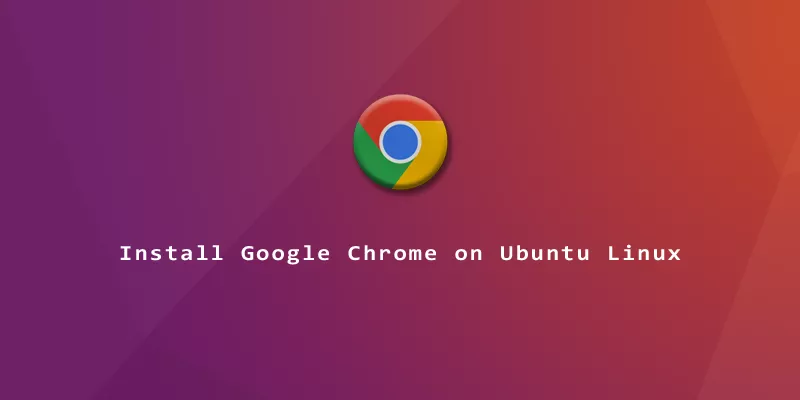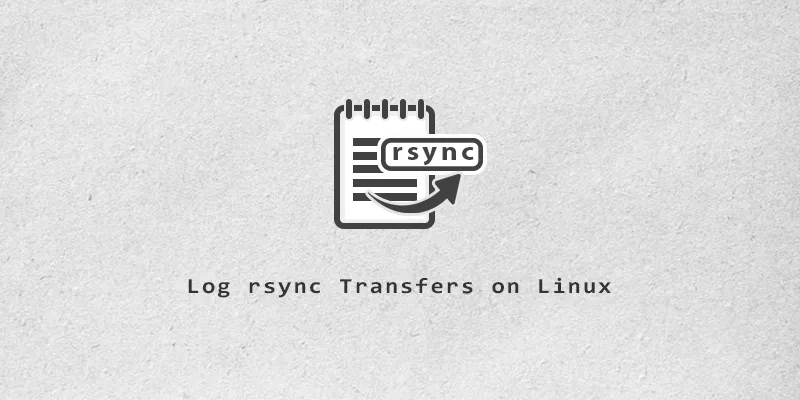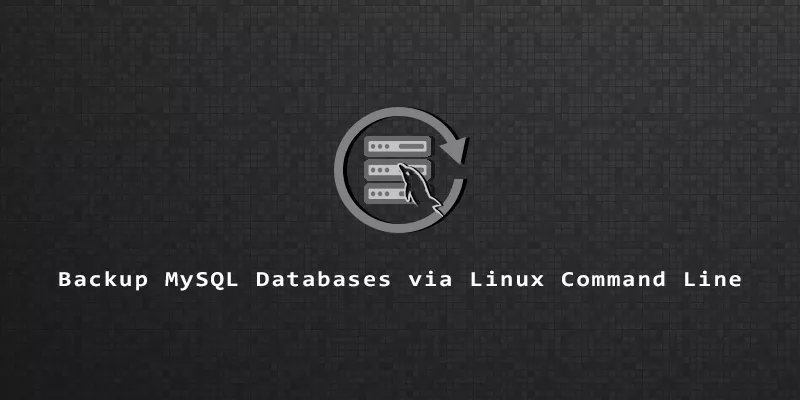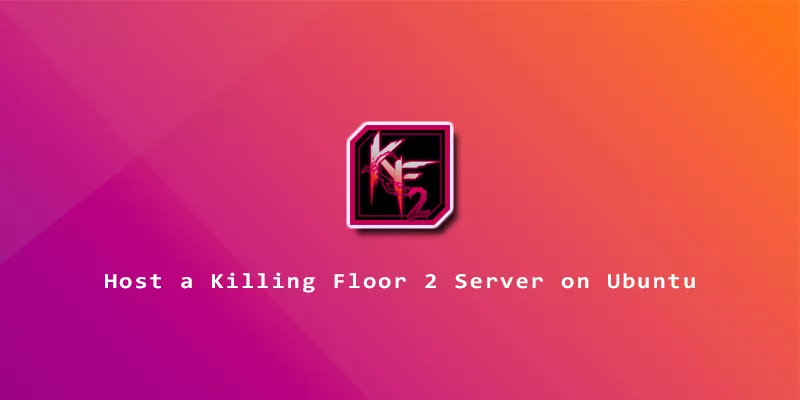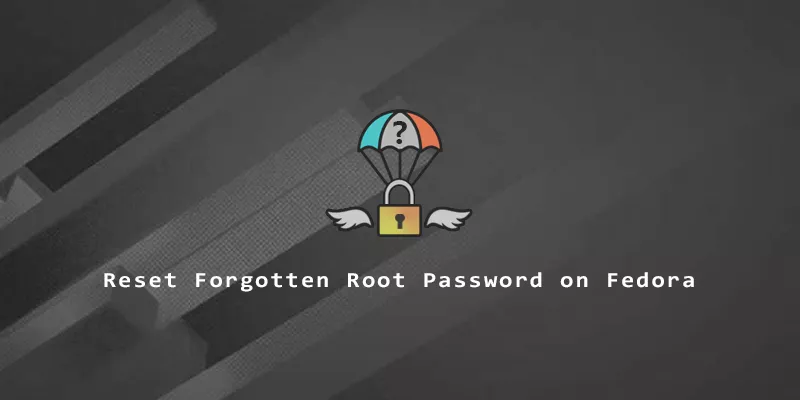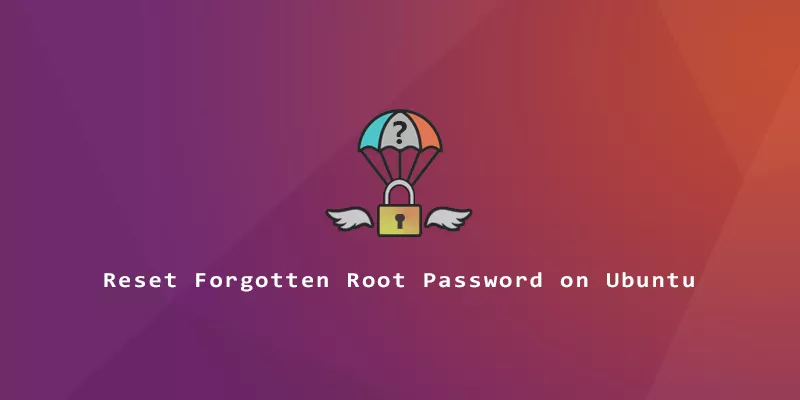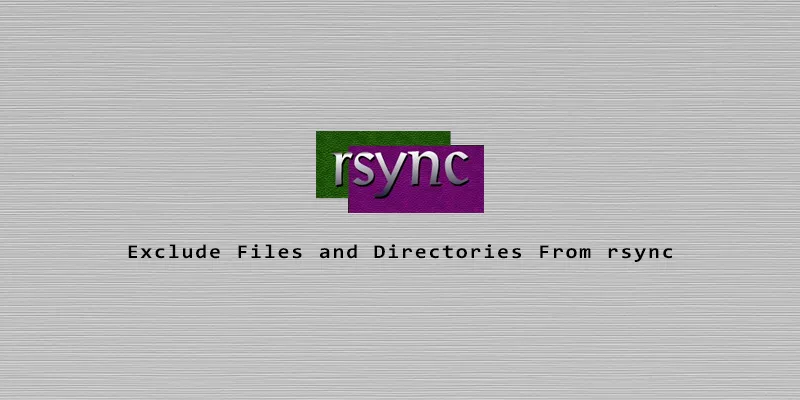How to Uninstall NGINX From Ubuntu
NGINX is a popular choice for web servers, but if you’d like to remove the software, we’ve got you covered here. In this guide, we’ll show how to properly uninstall and remove NGINX from Ubuntu Linux. The best way to remove NGINX from Ubuntu is by using the built-in APT package manager. APT gives us […]
How to Uninstall NGINX From Ubuntu Read More »


